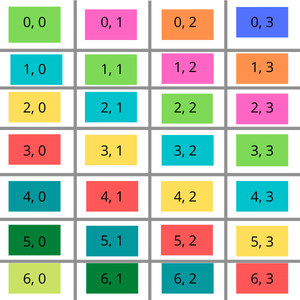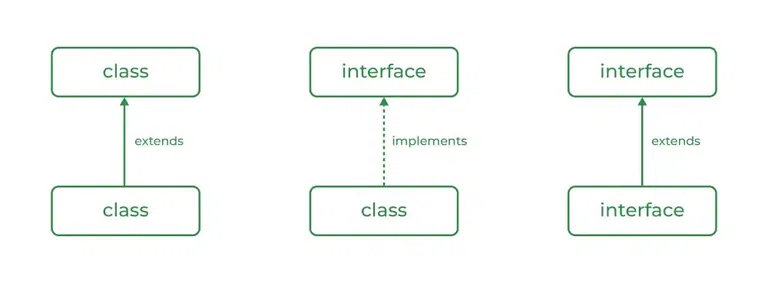
Master the Consensus Theorem: Simplify Digital Logic Expressions (with Examples)
Confused by complex Boolean expressions? The Consensus Theorem, also known as the Redundancy Theorem, offers a powerful shortcut. This guide breaks down this digital logic trick, explaining how to use it to simplify expressions and reduce network complexity. Let's dive in!
What is the Consensus Theorem? A Digital Logic Simplification Tool
The Consensus Theorem simplifies Boolean algebra by eliminating redundant terms in expressions. It states that:
AB + A'C + BC = AB + A'C
Essentially, the term BC is redundant and can be removed. Understanding this theorem is key when working with digital circuits and logic gate minimization.

Key Conditions for Applying the Consensus Theorem
Before you can apply the Consensus Theorem, certain conditions must be met:
- Three Variables: The expression must involve three variables (e.g., A, B, C).
- Each Variable Repeated Twice: Every variable must appear twice in the expression.
- Complemented Variable: One variable must be present in both its complemented (A') and uncomplemented (A) forms.
If these conditions are met, you can use the theorem for quick simplification.
Proof of the Consensus Theorem: How it Works
Let's demonstrate the theorem's validity through proof:
Y = AB + A'C + BC
Y = AB + A'C + BC * 1
Y = AB + A'C + BC * (A + A')
Y = AB + A'C + ABC + A'BC
Y = AB(1 + C) + A'C(1 + B)
Y = AB + A'C
This proof illustrates how the redundant term BC can be eliminated without changing the expression's value.
Example 1: Simplifying Boolean Expressions
Consider the expression:
F = AB + BC' + AC
Here, A, B, and C are present, each repeated twice, and C appears in its complemented form (C'). Let's apply the theorem:
F = BC' + AC
By applying The Consensus Theorem, we've simplified the expression.
Example 2: Applying the Theorem to Conjunctive Forms
The Consensus Theorem also applies to conjunctive forms:
F = (A + B) . (A' + C) . (B + C)
Again, all conditions are satisfied. Applying the theorem gives us:
F = (A + B) . (A' + C)

Why Remove Redundancy? Preventing Glitches and Reducing Complexity
Beyond simplification, removing redundancy is crucial for circuit design. Redundant terms can prevent glitches during signal transitions, but also increase network complexity and implementation costs. By minimizing expressions, you can design more efficient and reliable digital circuits. Minimizing the terms in a Boolean expression leads to a simpler circuit design, which translates to fewer components and lower power consumption.
Take the equation for Y:
Y = AB + A'C + BC
If A switches from 1 to 0 while B=1 and C=1, Y remains 1. The third term prevents a glitch since its value of 1 in this case is not affected by the transition of signal A.
Applications of the Consensus Theorem
The Consensus Theorem isn't just a theoretical concept; it has practical applications in digital logic design:
- Simplifying digital circuits: More straightforward circuits can lead to lower costs and greater reliability.
- Minimizing logic gate count: Fewer logic gates mean lower power consumption and reduced complexity.
- Glitch prevention: The Consensus Theorem can prevent glitches by eliminating potentially problematic terms.
By understanding and applying this theorem, you can optimize digital logic systems and create more efficient designs.



-method.png)

